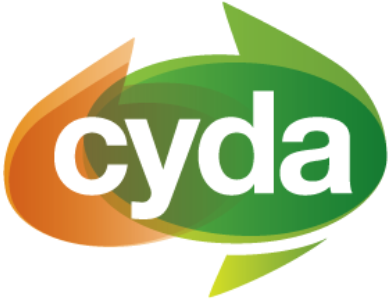Written by Taylor Louise Carlson.
I have done a lot of evolving in my short-long life. From the kid who was left behind, to the person teaching the class. I have a lot to say on the education system – mostly that it’s kaput – and I feel a lot of responsibility when it comes to teaching my kiddos (who, like me, are disabled). This sense of obligation weighs down on me much stronger than it seems to on my colleagues, and for a long time, I’ve wondered why this is. Disappointed but unsurprised, I have accepted their lack of lived experience to be the culprit.
Delivering the content is only a small portion of the job. As an educator, it is also our job to teach socio-emotional skills, prepare for post-school employment, and ensure the well-being of our students remains intact across thirteen long years of formal schooling. Combined, this is no small feat. It is a high-stakes role, and certainly, we don’t opt in for the money. But if we’re opting in because of our passion for teaching and providing opportunities, why aren’t we doing better for our disabled kids?
Once again, I draw back to that lack of lived experience. The real problem child here.
As a disabled person, I have felt the loneliness, sorrow, and deep pain of being the outcast. I have known isolation, long stints in hospital, and a lack of social connection at the hands of my disability. I have been the ‘too much’ child, and the ‘not good enough’ child. Equally, I have been the ‘people-pleaser’, and the ‘goody-two-shoes’ in an attempt to conform. Growing up, I was a shapeshifter. I didn’t know who I was, I just knew that whatever I was wasn’t right for the world we live in.
While I would never wish these experiences on anyone, they have prepared me to nurture my young, disabled students in a way that is conscious of their each different, brilliant, and bold identities. As their teacher, my eyes are wide open to the value of their unique lived experiences. As their disabled peer, my heart is wide open to learn from them the most critical lessons in resilience, kindness, and respect. Unlike my colleagues, I have wheeled a mile in that wheelchair, and when I teach my kids, I teach them to embrace the wonder that they are. I strive to be the teacher I needed as that child.
Of course, not every teacher has to be disabled to teach disabled students. But every teacher owes those disabled students the quality education they deserve.
Education is only “for all” (literally speaking) because it is compulsory, but until we are teaching our disabled students – genuinely, thoughtfully, compassionately, and vulnerably – we are not educating for all. So how does this translate from words to actions? Improve teacher education to be more comprehensive and inclusive of diversity. Give disabled people more opportunity to succeed in tertiary education so they can become the teacher they aspire to be. Nurture a culture of accessibility and inclusion within the political field – particularly in Education Departments – to subsequently cultivate a passion for seeing every student succeed.
Most importantly, enable teachers to make the choice to be a good teacher, for every student of every background – for all.
For that kid, from that kid.







